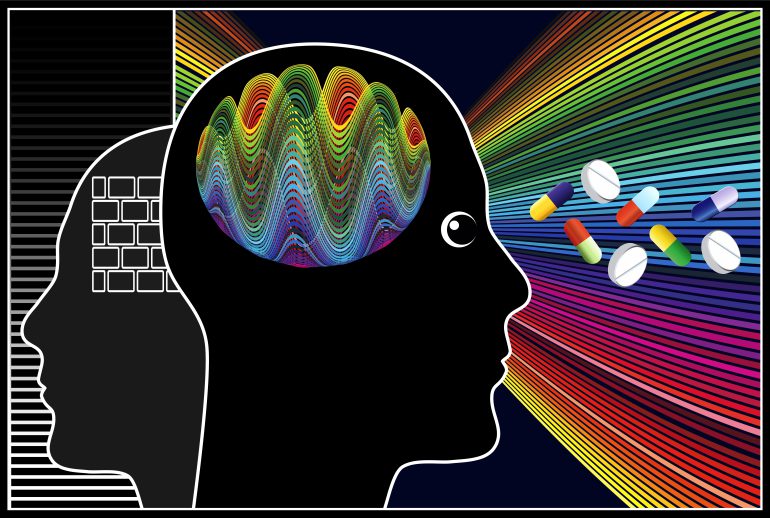Landmark change to drug laws
On 1 July 2025, the Netherlands implemented one of the most significant changes to its drug policy in decades. The country introduced a comprehensive ban on entire groups of designer drugs, also known as New Psychoactive Substances (NPS), marking a departure from its previous approach of banning substances individually. This sweeping legislation adds a new List 1A to the existing Opium Act, which already categorises hard drugs (List 1) and soft drugs (List 2). This ‘substance group ban’ represents a fundamental shift in Dutch drug policy.
Effects of designer drugs
The health implications of designer drug use drive the urgency behind this change. The Dutch government cites cases where substances revealed severe health consequences only after gaining popularity. For instance, when 3-MMC became widely used, it turned out to be highly addictive, while the popularity of 4-FA revealed its potential to cause brain haemorrhages, as reported by Drugsinfo.nl.
The government says known risks from designer drugs include ‘heart problems, mental health problems, hallucinations, and addiction’, and can even lead to death. According to police drugs chief Willem Woelders, ‘even a small dose can often lead to an overdose, with all the ensuing consequence’.
Enforcement challenges
Now that the law is in place, the next challenge is enforcing it. Despite laws criminalising several drugs, the illegal drug industry has remained stubbornly present across the Netherlands in recent decades. This has led to disillusionment with law enforcement and many believing that the so-called ‘war on drugs’ has already failed. If the designer drug ban is to be different, it will require coordinated enforcement efforts.
Persistent demand
The use of synthetic drugs, like other psychoactive substances, tends to persist even under strict regulatory regimes. The appeal of these substances is shaped by demand for particular effects, and restrictions alone rarely eliminate that demand. The pattern is also evident in tobacco use. Where heavily taxed or regulated, some consumers turn to illicit sources. If they are to succeed in ridding the Netherlands of designer drugs, Dutch authorities will have to be realistic and pragmatic with their enforcement approach.
Therefore, authorities fighting trade in illicit goods are fighting an uphill battle. After tobacco taxes were increased, more Dutch smokers turned to the black market. According to a study published in the Tobacco Control Journal, 1 in 15 cigarettes in Europe was sold illegally. This illegal trade fuels money into criminal gangs, many of which may also sell designer drugs, creating a toxic cycle. Other Dutch smokers drive to neighbouring countries, where cigarettes are cheaper.
Prohibition or harm reduction?
Drug policy requires balancing prohibition and harm reduction. Portugal’s decriminalisation model and Canada’s safe supply programmes are examples of interventions focused on reducing adverse outcomes rather than eliminating use entirely. Meanwhile, the Netherlands can learn from mistakes in tobacco control, where many jurisdictions continue to prioritise restrictive measures over risk-proportionate alternatives, despite growing evidence reduced-risk nicotine products, such as e-cigarettes and nicotine pouches, contribute to lower smoking rates.
Sweden, where the use of snus is widespread, has the lowest smoking prevalence in Europe. Similarly, Britain’s NHS supports vaping as a ‘quit smoking’ tool and has recorded significant declines in smoking prevalence – although vaping can also lead to significant health problems, thus exchanging one addiction for another. In contrast, countries with more restrictive approaches, including France and the Netherlands, have experienced slower progress, or even moved backwards in their fight against smoking. These cases suggest policy frameworks prioritising harm reduction and access to safer alternatives may be more effective in achieving public health objectives than purely prohibitionist strategies.
In protecting Dutch youth from designer drugs, the Netherlands can learn from the shortcomings of the wider ‘war on drugs’ and the mixed results of other public health policies like tobacco control. The legislative piece of the puzzle is in place now that the designer drug ban has come into effect. Taking the right next steps on enforcement will be crucial.
Written by Jason Reed
